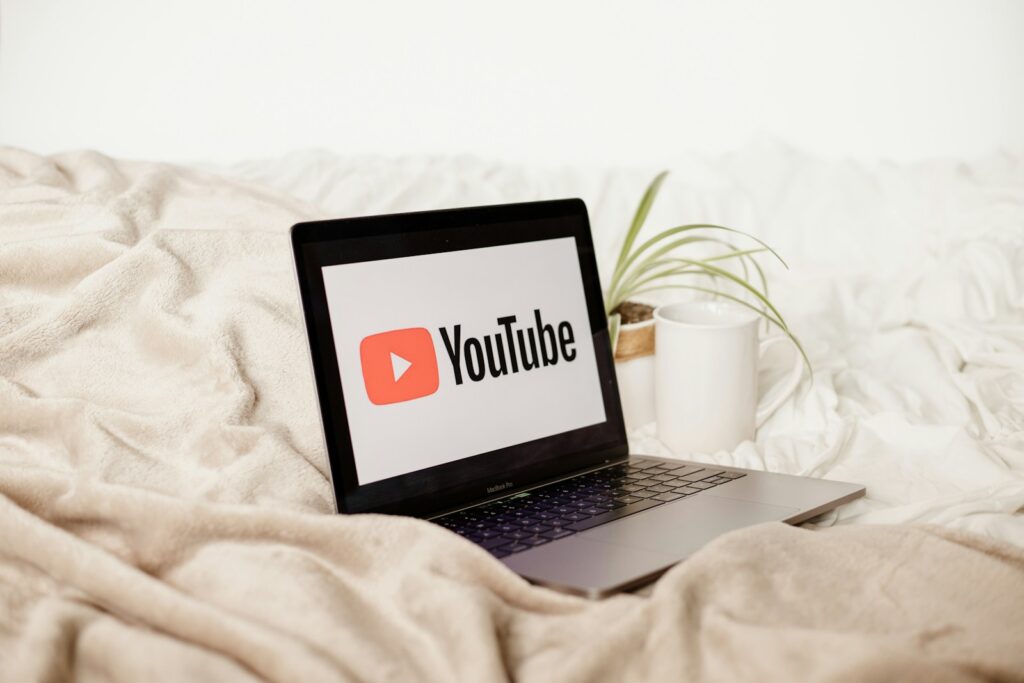Online creators have become modern self-made stars, transforming passion projects into full-scale businesses on platforms like YouTube. Whether producing entertaining or educational content, many creators have successfully turned their love for sharing into lucrative careers.
One of the most notable examples is MrBeast, who began uploading videos at age 13. Over the years, he refined his style and mastered the art of virality. That dedication paid off—he now runs one of the most subscribed YouTube channels globally. In 2024, his business generated $473 million, and his estimated net worth exceeds $1 billion. His journey demonstrates YouTube’s immense potential as a creator-driven business platform.
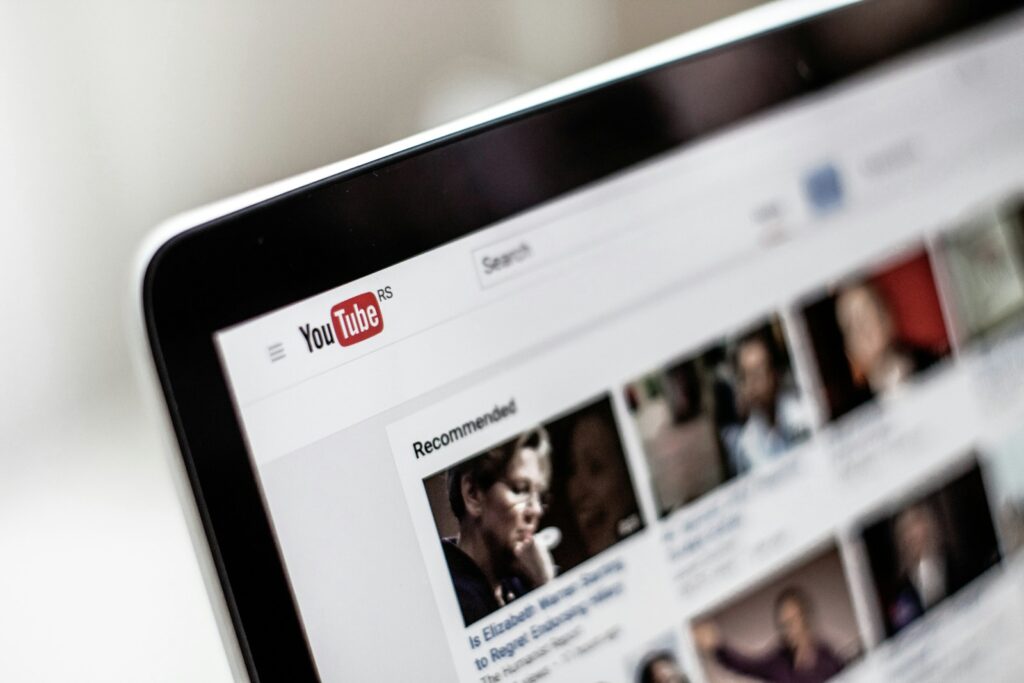
Getting Started: Monetization Basics
You don’t need millions of subscribers to start earning on YouTube. In fact, creators can begin making money early on by joining the YouTube Partner Program (YPP)—a fundamental step for monetizing content.
To qualify for fan funding through YPP, you need:
- At least 500 subscribers
- Three public uploads within the past 90 days
- Either 3,000 watch hours in the past year or 3 million Shorts views in 90 days
To access full ad monetization features:
- 1,000 subscribers
- 4,000 watch hours in the past 12 months or 10 million Shorts views in 90 days
- A channel in good standing and located in an eligible country
Once accepted, creators can earn from ads shown on long-form videos, live streams, and Shorts. YouTube automatically places ads before, during (for videos over eight minutes), and after content. Creators can view earnings through the Revenue tab in YouTube Studio.
Product on Amazon: How to Get 1,000 Subscribers on YouTube (Fast and Free)
Binding: Kindle Edition Product Group: Digital Ebook Purchas
Price: 2.99 USD
Shopping on Amazon >>

Understanding YouTube Ads and Revenue Metrics
Ad revenue is a popular and accessible income source. YouTube pays creators a portion of ad income based on views and viewer engagement. The key metric is CPM (Cost Per Mille)—the amount advertisers pay per 1,000 ad views. CPM rates vary significantly depending on the video topic, audience location, and viewer behavior, averaging around $15 but often fluctuating.
Creators receive 55% of eligible ad revenue, while YouTube retains 45%. However, not all views generate income. Views under 30 seconds or repeat plays may not be monetized. These limitations mean creators often earn less than expected from views alone.
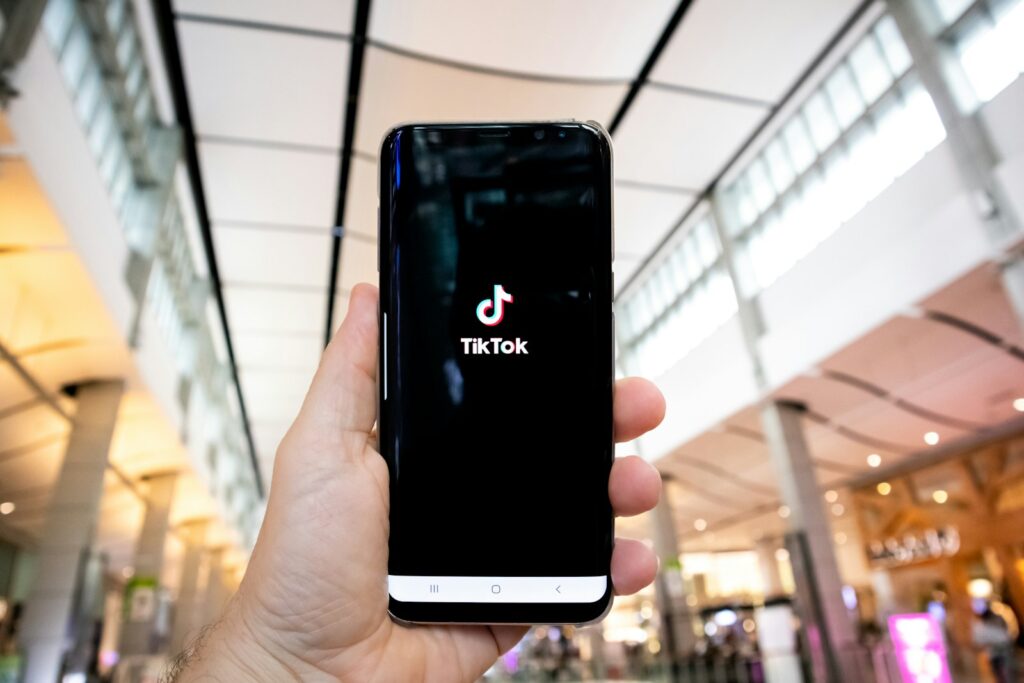
The Rise of Shorts and Micro-Content
YouTube Shorts, created to compete with TikTok and Instagram Reels, are less than 60 seconds long and receive over 70 billion views daily. As of 2025, more than 25% of YPP creators earn revenue through Shorts.
Shorts monetization works differently. Ad revenue goes into a regional Creator Pool. Your share is based on your proportion of views in that region and whether copyrighted music is used. Creators receive 45% of their allocated share. To estimate potential income, many use RPM (Revenue Per Mille)—typically ranging from $0.01 to $0.06 for Shorts.

Beyond Ads: Fan Funding and Memberships
YouTube offers direct support features through Super Chat, Super Thanks, and Channel Memberships. Fans can pay to highlight their messages or access exclusive perks like badges and members-only videos. Creators can offer up to six membership tiers with increasing benefits.
External platforms like Patreon, Buy Me a Coffee, and Ko-fi also allow fans to contribute, often in exchange for bonus content. These options build stronger audience connections and provide reliable monthly income.
Product on Amazon: Channel Memberships
Binding: MP3 Music Product Group: Digital Music Purchase
Price: 1.29 USD
Shopping on Amazon >>

Merchandise and YouTube Shopping Integration
Selling branded merchandise is a growing income stream for creators. YouTube Shopping makes it easy to connect with platforms like Shopify and showcase products directly on your channel. Viewers can browse and purchase items such as shirts, hats, or digital goods without leaving YouTube.
Fitness creator Cassey Ho, founder of the Blogilates channel, successfully launched a clothing line after fans requested branded apparel. She initially hesitated but soon realized the strength of her community’s identity. With print-on-demand services, creators can sell products without managing inventory or logistics.

Sponsorships and Brand Partnerships
Sponsorships allow creators to earn income by promoting products that align with their values and audience interests. Platforms like Shopify Collabs help creators generate affiliate links and track performance. YouTube also connects creators with brands using audience data.
According to YouTube expert Brendan Gahan, creators should charge brands based on average video views—typically $0.05 to $0.15 per view. The actual rate depends on niche, engagement, content quality, and how valuable the audience is to the advertiser. Transparency is key—creators must disclose paid partnerships to maintain trust.
Product on Amazon: 225 Internet Marketing Tools of Trade Every Internet Marketer Must Know
Binding: Kindle Edition Product Group: Digital Ebook Purchas
Price: 0.99 USD
Shopping on Amazon >>
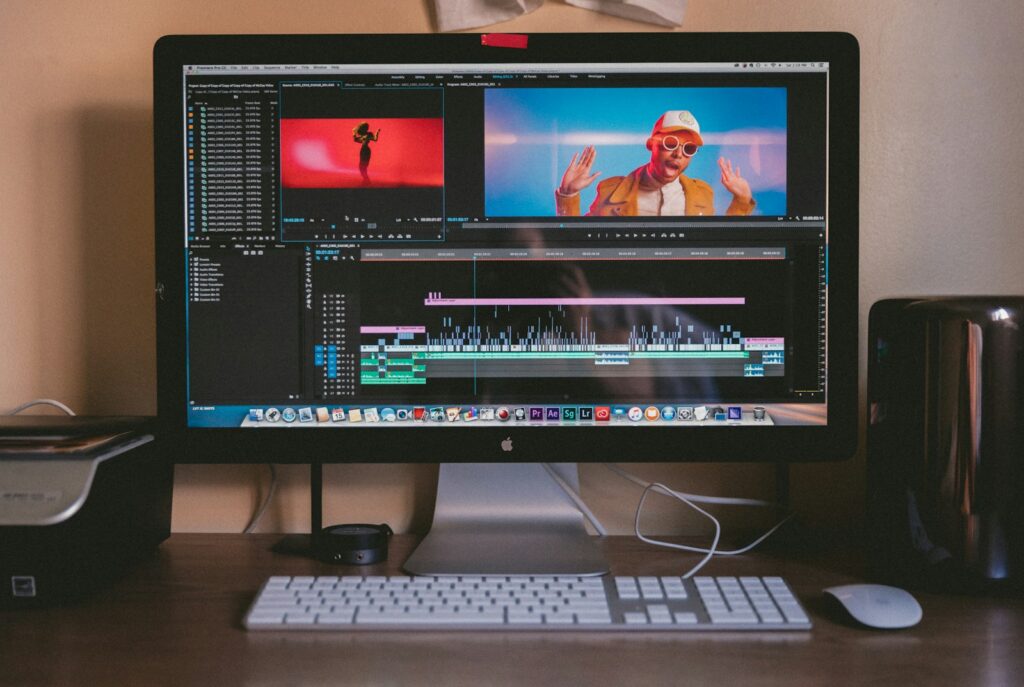
Licensing and Viral Opportunities
Occasionally, creators can license viral videos to media outlets. If a clip gains widespread attention, news platforms or entertainment programs may request to use the footage. Licensing content to platforms like Jukin Media provides passive income from previously published videos.
This opportunity allows creators to earn from clips that continue to circulate or appear in media long after initial publication.
Product on Amazon: Bobby Approved: Your Ultimate Shopping Guide At The Grocery Store
Binding: Kindle Edition Product Group: Digital Ebook Purchas
Price: 2.99 USD
Shopping on Amazon >>
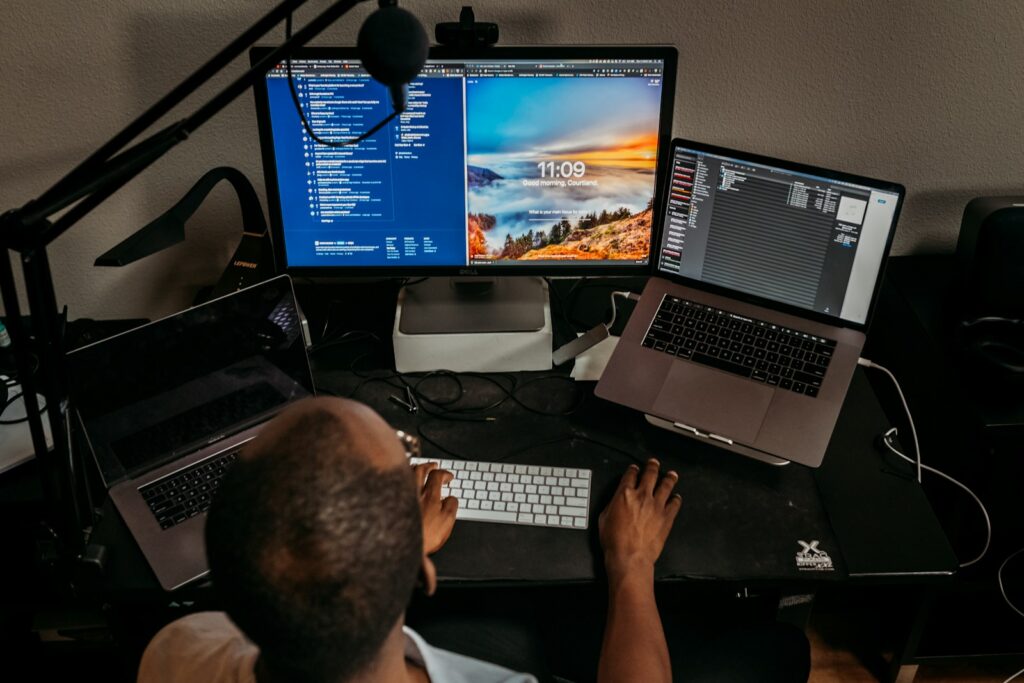
Crowdfunding Big Projects
Producing high-quality content can involve significant expenses. For creators pursuing ambitious projects, crowdfunding offers a way to gather support directly from viewers.
Sites like Kickstarter and Indiegogo are designed for creators to present ideas, set funding goals, and offer rewards for backers. Successful campaigns often include trailers, concept videos, or behind-the-scenes previews. Community support can bring ideas to life while minimizing financial risk.
Product on Amazon: Clickbank YouTube Academy : Start Earning an Extra $1,000 Per Month by Reviewing Information Products from Clickbank (Making Huge Commission from Selling Online)
Binding: Kindle Edition Product Group: Digital Ebook Purchas
Price: 2.99 USD
Shopping on Amazon >>
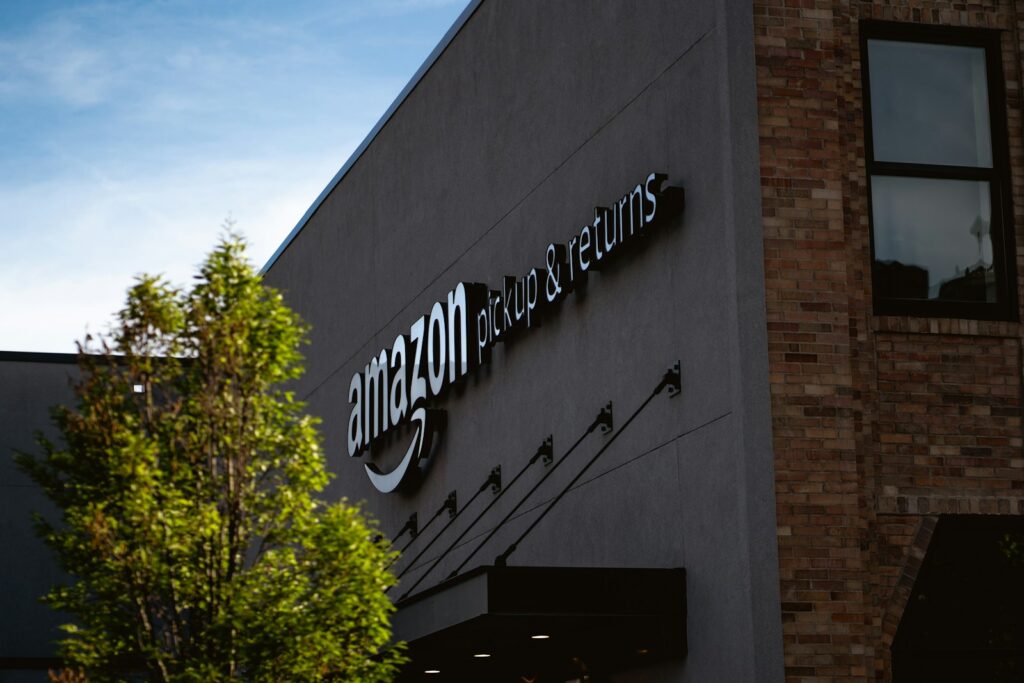
Affiliate Marketing: Promote and Earn
Affiliate marketing enables creators to earn commissions by promoting third-party products. When viewers click affiliate links and make purchases, the creator earns a percentage of the sale. This is especially effective when products align with the content niche.
Programs like Amazon Associates and YouTube Shopping Affiliates make link placement simple. For example, creator Amanda Rach Lee frequently shares Amazon links in her video descriptions. YouTube’s own affiliate system is available only to YPP members, offering commission visibility and product tagging in videos.
Creators with their own products can also recruit affiliates to promote merchandise, setting commission rates through platforms like Shopify.
Product on Amazon: YouTube Partner Program for Successful Affiliate Marketing
Binding: Kindle Edition Product Group: Digital Ebook Purchas
Price: 7 USD
Shopping on Amazon >>
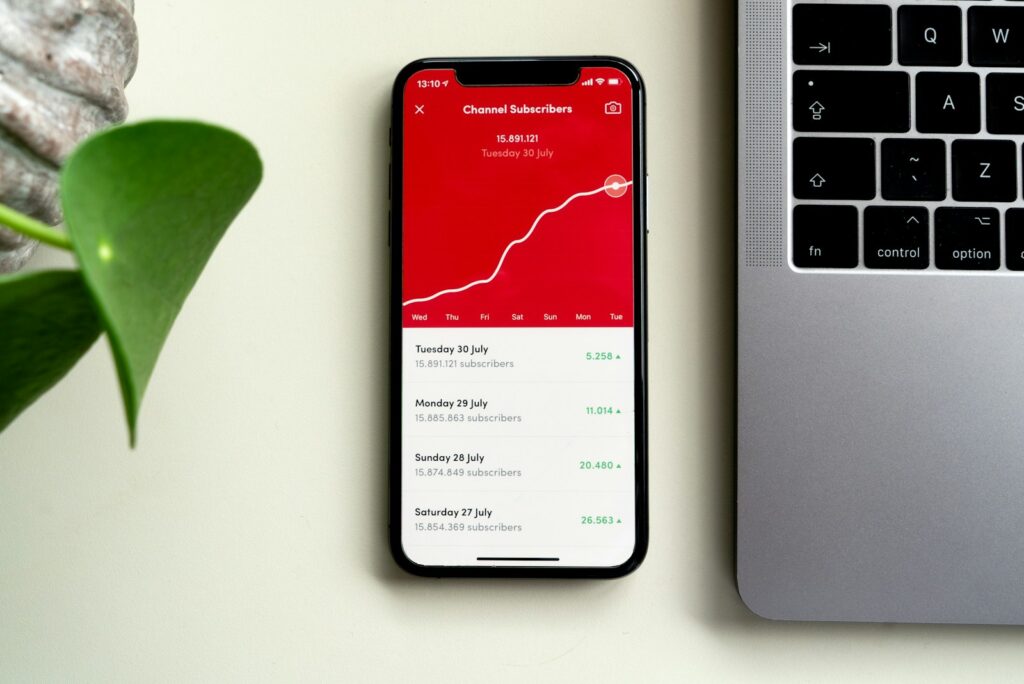
Financial Impact and Real Earnings
In Q1 2025 alone, YouTube’s ad revenue exceeded $8 billion. Creators play a vital role in this ecosystem, but income varies widely. Reports estimate earnings between $2 and $25 per 1,000 views, depending on factors like audience engagement and ad types.
Top earners like MrBeast make around $85 million annually from YouTube, with total business earnings near $400 million. Others, such as fashion YouTuber Justine Leconte, reportedly make about $250,000 per year from ads, with additional income from sponsorships and products.
The highest-paid YouTubers in 2025—Dhar Mann, xQc, Ryan Kaji, Rhett & Link, Markiplier, Mark Rober, Alex Cooper, and the Stokes Twins—rely on blended income strategies. Many have expanded into product lines or launched external ventures after building a loyal audience.
Product on Amazon: maximising your ad revenue on youtube
Binding: Kindle Edition Product Group: Digital Ebook Purchas
Price: 1 USD
Shopping on Amazon >>
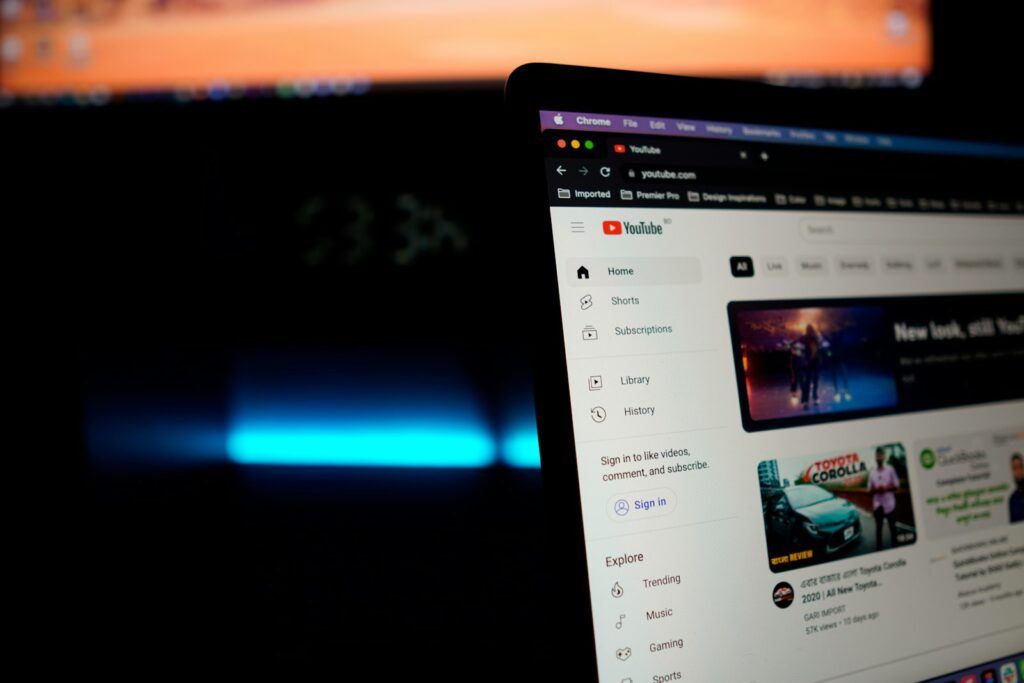
Building a Sustainable Creator Business
To truly maximize income, creators must go beyond ad revenue and embrace a multi-pronged strategy. Focusing solely on YouTube’s internal monetization is risky, as sudden policy changes or demonetization can affect earnings.
Understanding your audience is key—demographics, interests, and behavior help shape content and monetization strategies. YouTube Analytics offers valuable insights that drive better decision-making.
Promoting products, services, or crowdfunding efforts should be subtle and well-timed. Use info cards, end screens, and video descriptions strategically. Cross-promotion on other platforms like TikTok, Instagram, and Facebook helps drive traffic and expands reach. Repurposing content into clips using AI tools increases efficiency and visibility.
Product on Amazon: 4K Video Camera Camcorder 64MP Vlogging Camera for YouTube 18X Digital Zoom 3.0″ IPS Screen IR Night Vision with External Stereo Microphone,Handheld Stabilizer,Remote,Lens Hood,32G Card &2 Batteries
Brand: FJFJOPK
Binding: Electronics Product Group: Camera
Price: 129.99 USD
Shopping on Amazon >>
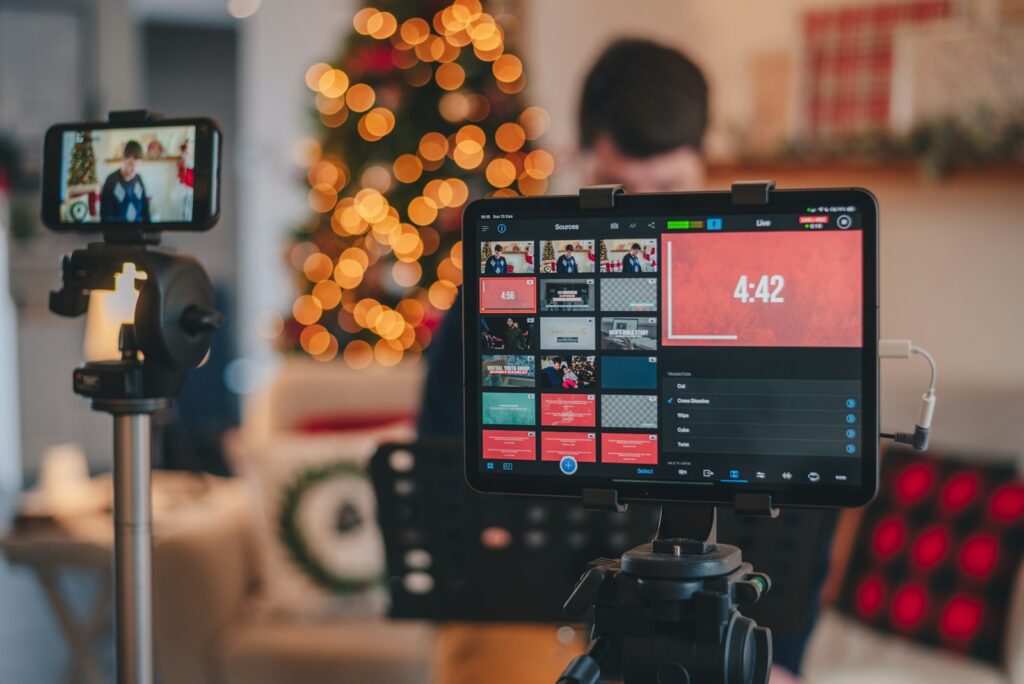
Turning passion into profit on YouTube takes more than just going viral. It requires strategic planning, diversified income streams, and a strong relationship with your audience. By leveraging ad revenue, fan support, merchandise, sponsorships, affiliate programs, and external platforms, creators can build resilient businesses that thrive—even as digital landscapes evolve.
YouTube may be the starting point, but it’s what creators build beyond the views that turns passion into billions.

